It is a cold, gray morning above Stonehenge, with a gentle breeze purring across the landscape. In the fields beyond, ancient burial mounds mark the final resting places of those who built this monument almost 5,000 years ago.
Train your eyes on the standing stones and you can almost imagine that you are there, on that desolate, windy plain, gazing in awe at those rocks as they were freshly hewn and transported from the western tip of Wales, some 200 miles away. . The smell of mud and grass is the same, the shine of the winter sun through the clouds is the same, the dull roar of the lorries driving on the A303 is the… well, wait a minute.
Since Stonehenge, it is impossible to see the modern world as anything more than a distraction from an ancient wonder.
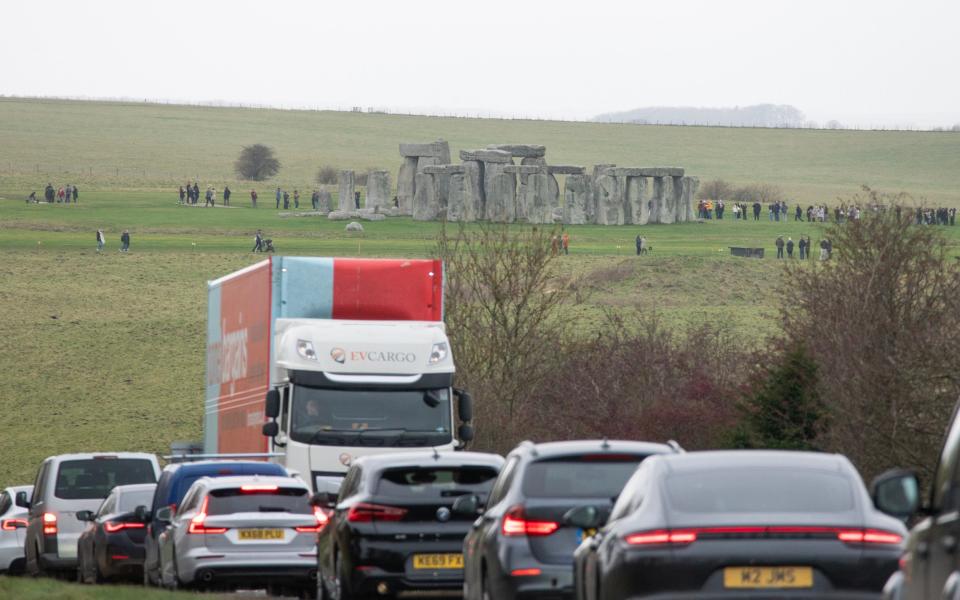

At Giza, modernity is kept at a respectful distance from the pyramids; The Parthenon of Athens rises above the city on its rocky acropolis as if on a pedestal. Modern Rome around the ancient Colosseum serves simply to chart the course of civilization.
But when it comes to Britain’s most famous ancient wonder? We have handled the worst of both worlds. Here, the past and the present offer each other nothing but inconveniences.
For drivers on the A303, Stonehenge means traffic jams from dawn to dusk, as curious onlookers slow down to see the site on the single-lane road just as bottlenecks occur. At peak times, the eight-mile trip takes an hour.
For visitors hoping to experience some Neolithic wonder, the road is a noisy, immersion-breaking monstrosity that bisects Stonehenge, Avebury and associated UNESCO World Heritage sites, cutting off access to the Normanton Down burial mounds and other features. ancient key to understanding the mysteries of the site. Traffic accidents, and even deaths, have occurred when tourists attempted to visit the rest of the ancient monument.
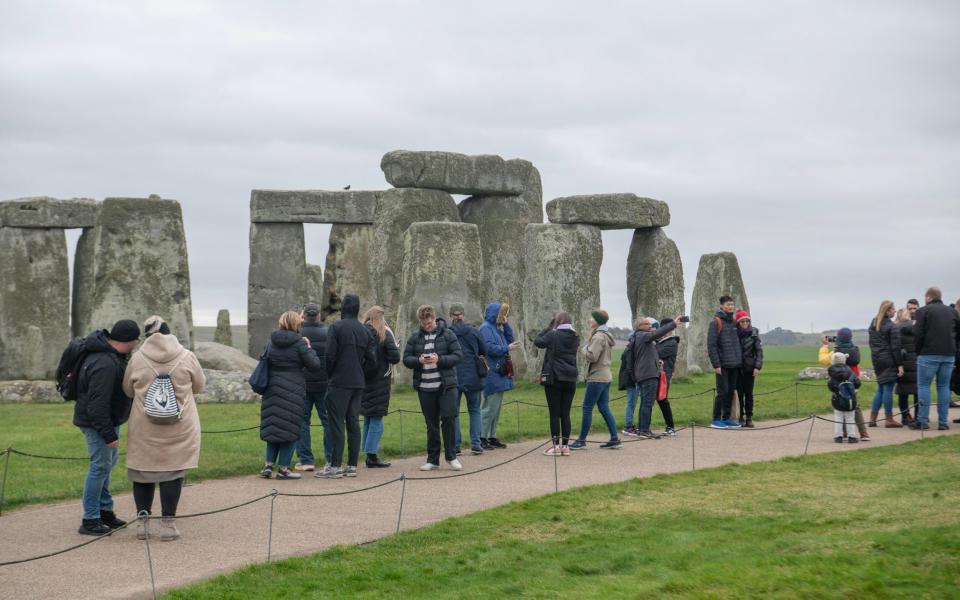

This has led National Highways to create a plan to plunge the A303 underground. Members of campaign group The Stonehenge Alliance have gone to court to oppose the plan, arguing it could lead to the destruction of up to seven hectares of land, and even mean the site loses its Unesco status. The group was responsible for overturning the government’s previous approval for the plan in 2021.
Still, English Heritage, which manages the site on behalf of the Crown Estate, has given its backing to the plan. “I think it will greatly enhance Stonehenge,” said archaeologist Heather Sebire, the charity’s senior curator of properties, who met me at Stonehenge’s visitor center for its 10th anniversary. “We cannot encourage people to explore the entire site if they risk their lives along the way. The noise is horrible. There is so much misinformation that it irritates people. “I’ve had people worry that the road goes directly under the henge itself, which is nonsense.”
This verbiage sums up everything we get wrong about Stonehenge. We have the opportunity to improve an old site and we decided not to do it for fear of making a mistake. Let’s be honest, no major archaeological attraction in another country is as poorly executed as Stonehenge.
Now, before we begin, we must acknowledge that we also got a lot of things right about Stonehenge. The new visitor center is 2.6 miles up the road and there are regular buses to the Henge itself. This means Hengeheads can fill their boots with Neolithic goodness, without hearing the clinking of teacups in the cafe or a large square building spoiling the view.
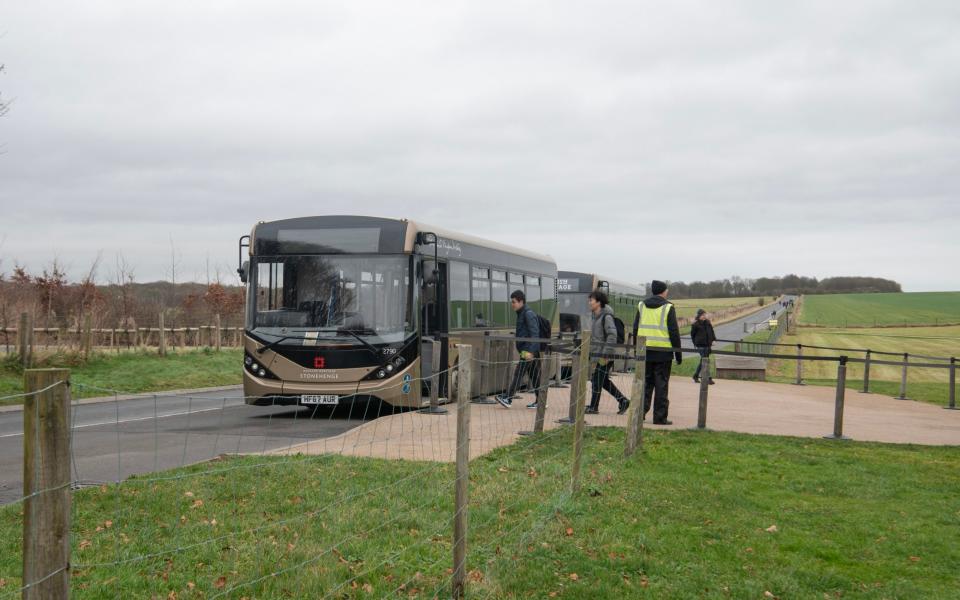

Stonehenge is also accessible on a budget. A public bridleway runs right next to the site, so if you can’t afford to pay the (frankly, exorbitant) entrance fee of £23 per adult to access the official walkway around the site, you can still See the main attraction for free. from just a few more meters.
Still, we seem determined to squander these positives.
First of all, access. The nearest train station to Stonehenge is Salisbury, 15.6 kilometers away, but do you want to get from one to the other? Nothing. I am reliably informed that the 10 minute journey only costs £25 by taxi. You could save a little money by hopping on a private bus; It will cost you £18.50 per adult please. It runs once every hour and advance reservation is required.
Even the expensive Warner Bros Studio Tour is beneficial enough to take a free shuttle from nearby Watford train station for ticket holders. That may partly explain why Harry Potter receives twice as many visitors a year as one of the oldest archaeological attractions in existence.
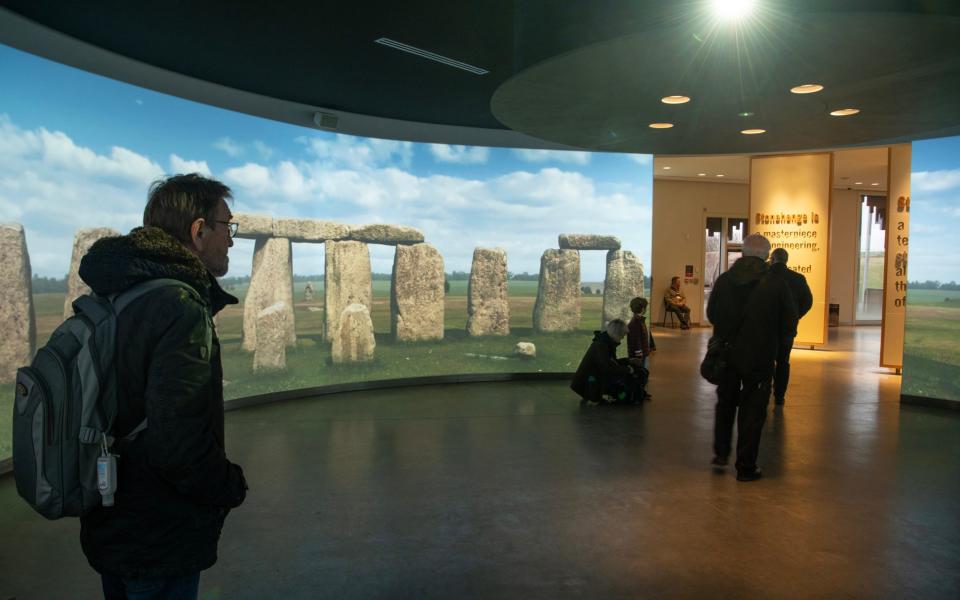

Once you reach the visitor center, there will be plenty to enjoy. If you’re English, of course. Even though around 70 percent of visitors to Stonehenge come from abroad, you won’t find a multilingual information board anywhere. Even the Parthenon Museum in Athens, which exists almost exclusively to irritate the English into returning the Elgin Marbles, has information presented perfectly in their native language, complete with jokes.
If you can read English, the exhibition inside the visitor center is decent. There are a handful of artifacts to see and a history of the monoliths to pore over. However, after a quick read, you’d be forgiven for thinking that Stonehenge was the first and only stone circle of its kind in the world. In fact, there are many in Scotland that are older and just as well preserved. The Ring of Brodgar in Orkney and the Callanish Stones on the Isle of Lewis, to name two.
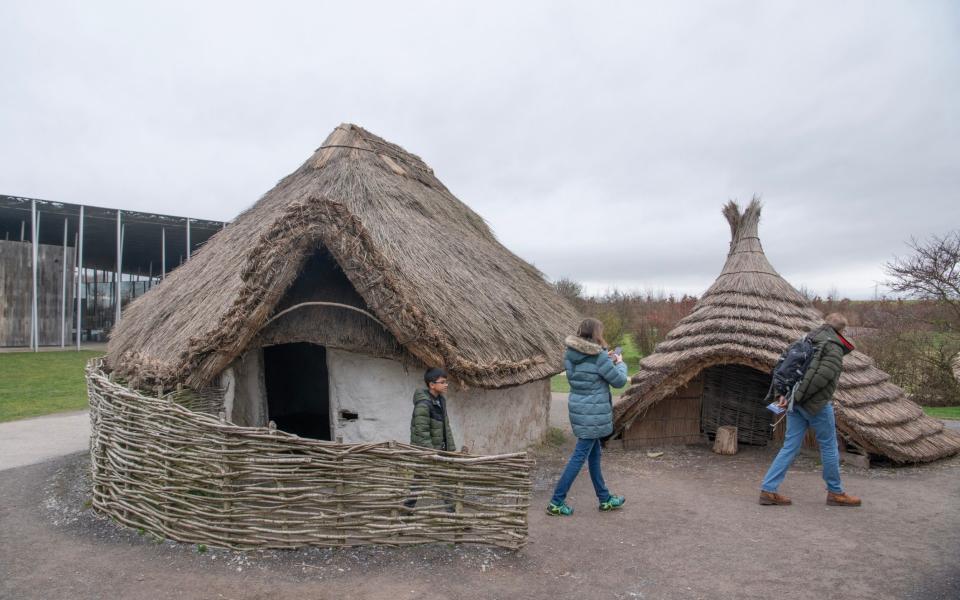

Outside, there is a quintet of empty Neolithic huts where visitors can get a sense of how the ancient Britons lived, if they had truly been committed to the minimalist aesthetic.
Once you’ve gotten on the bus to see the stones? Well… you can see them. There is no doubt that they are not found in the field, right before your eyes.
“I’m not as disappointed as I could have been,” a visitor joked as she passed me.
If they have been unlucky enough to miss that day’s Stone Circle Experience tour, which takes place early in the morning, visitors must settle for staying at least 10 meters (33 feet) away at all times, sometimes further. You have to find a place near the monoliths to take a selfie. Thank God I brought my binoculars.
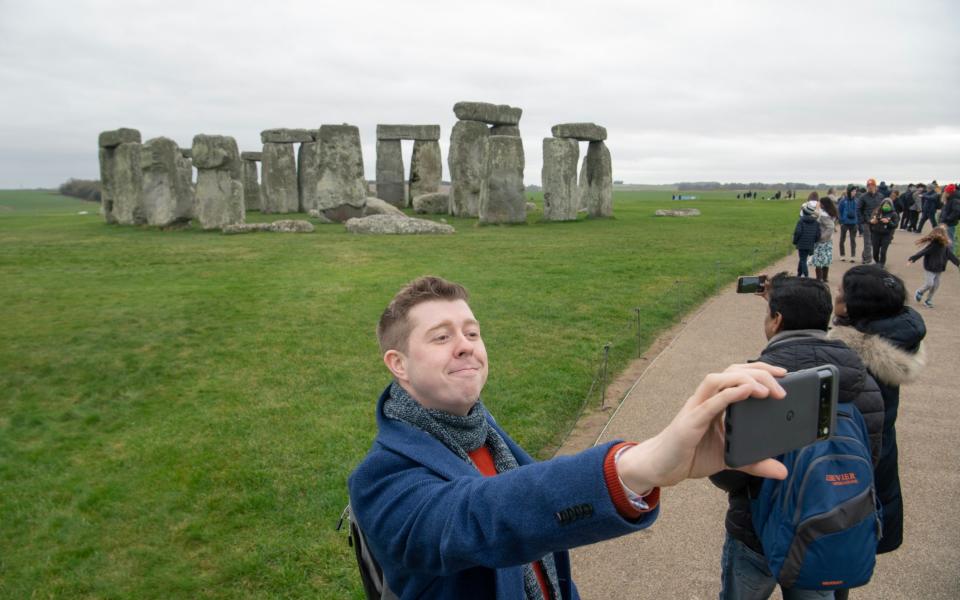

I am not suggesting a return to the last century, where visitors could climb up and over the stones and carve their initials into them (a fence was installed for this reason in 1977). Therein lies the madness, as the Coliseum discovered to its detriment earlier this year. But a balance must be found: with greater security and supervision, perhaps we can be allowed to get within a meter or two of the large monoliths.
After rounding the official walkway, a muddy path around the henge itself (and it is very muddy, remember your boots), there is more to do. You could walk to Woodhenge or the walls of Durrington, where the builders of Stonehenge lived. If you can find the way, that is: I couldn’t see any signs.
So we headed back to the visitor center to check out the store. I might be arrogant about the tattoo for sale, but to be fair, what heritage attraction doesn’t have tattoos? I was pleasantly surprised by some tasteful selections, including a clever building set based on the henge itself.
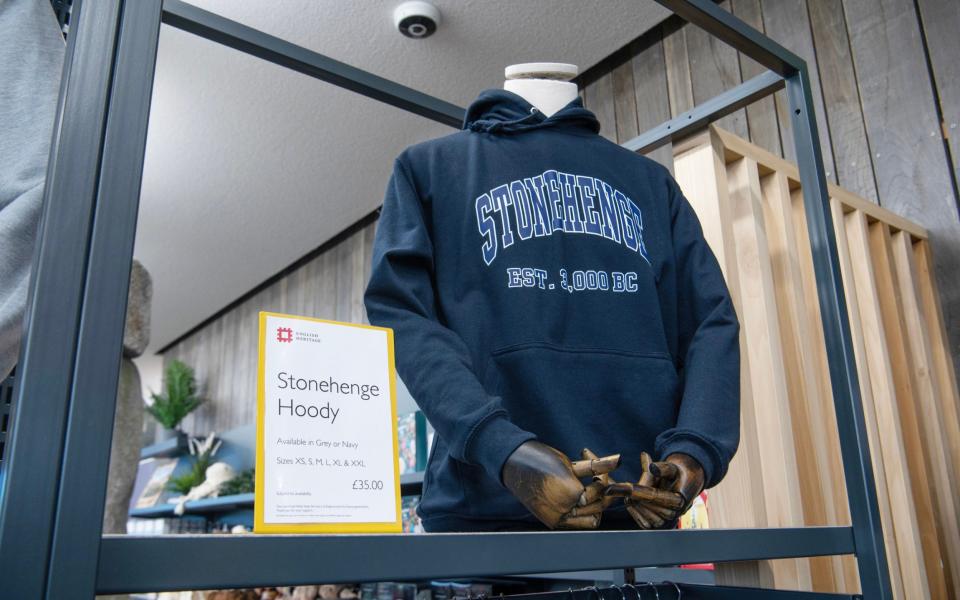

Then home, along the A303 for one last look. It only added 50 more minutes to my trip.
Despite all my complaints, Stonehenge is wonderful. It is a fascinating relic of a genuinely ancient civilization, steeped in myth and magic, full of mystery. We should be proud to have it, but it’s time we learned that to celebrate the ancient world properly, we can’t just leave it there looking impressive. Work began 10 years ago on the new visitor center; Now it’s time for us to start taking advantage of it.